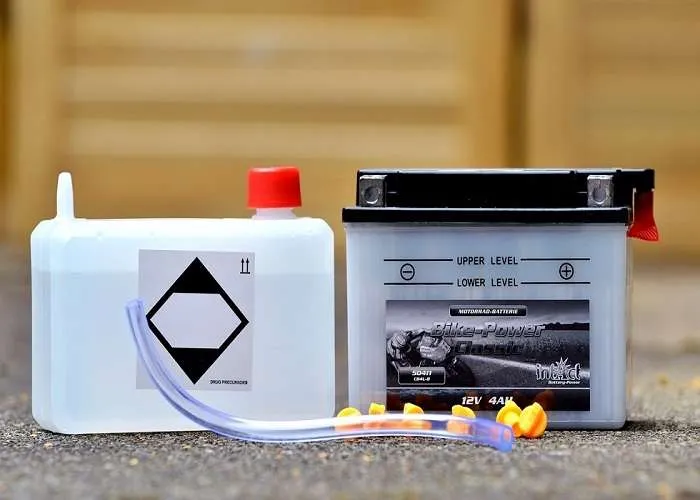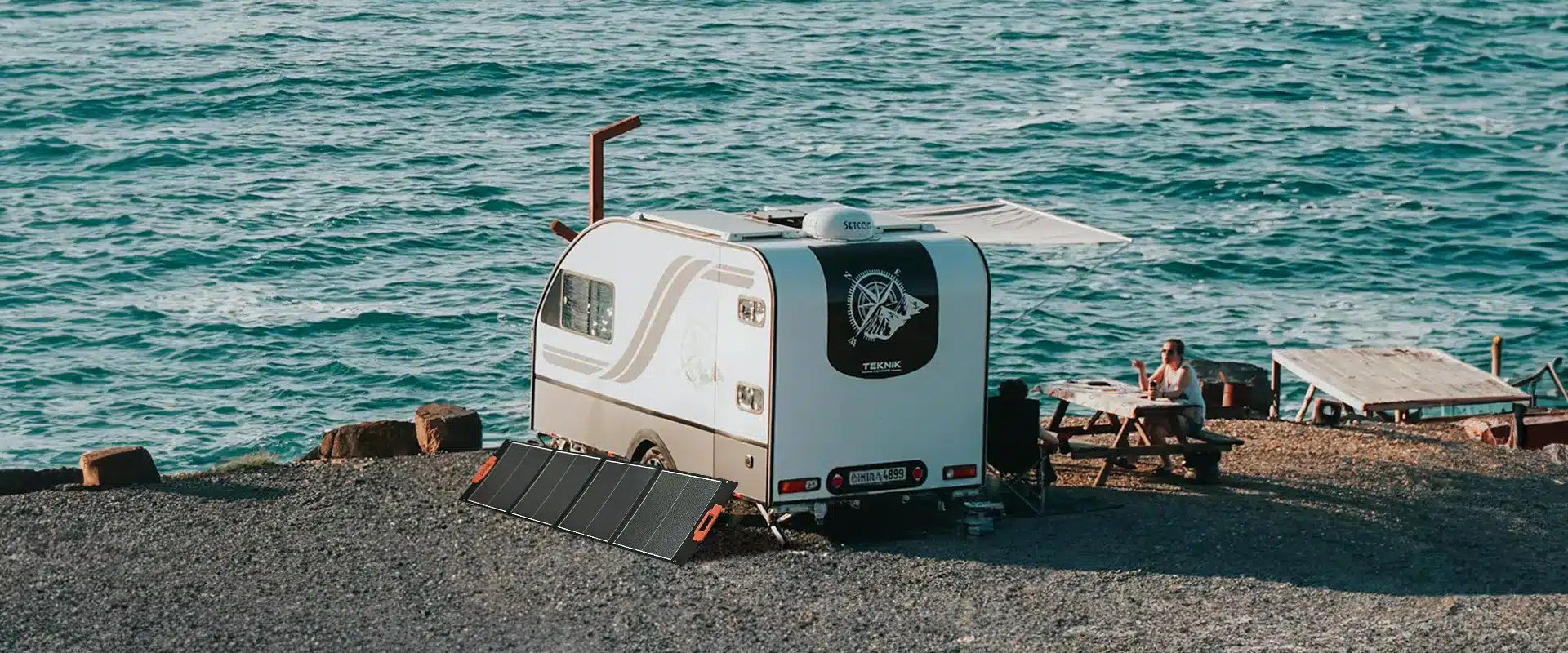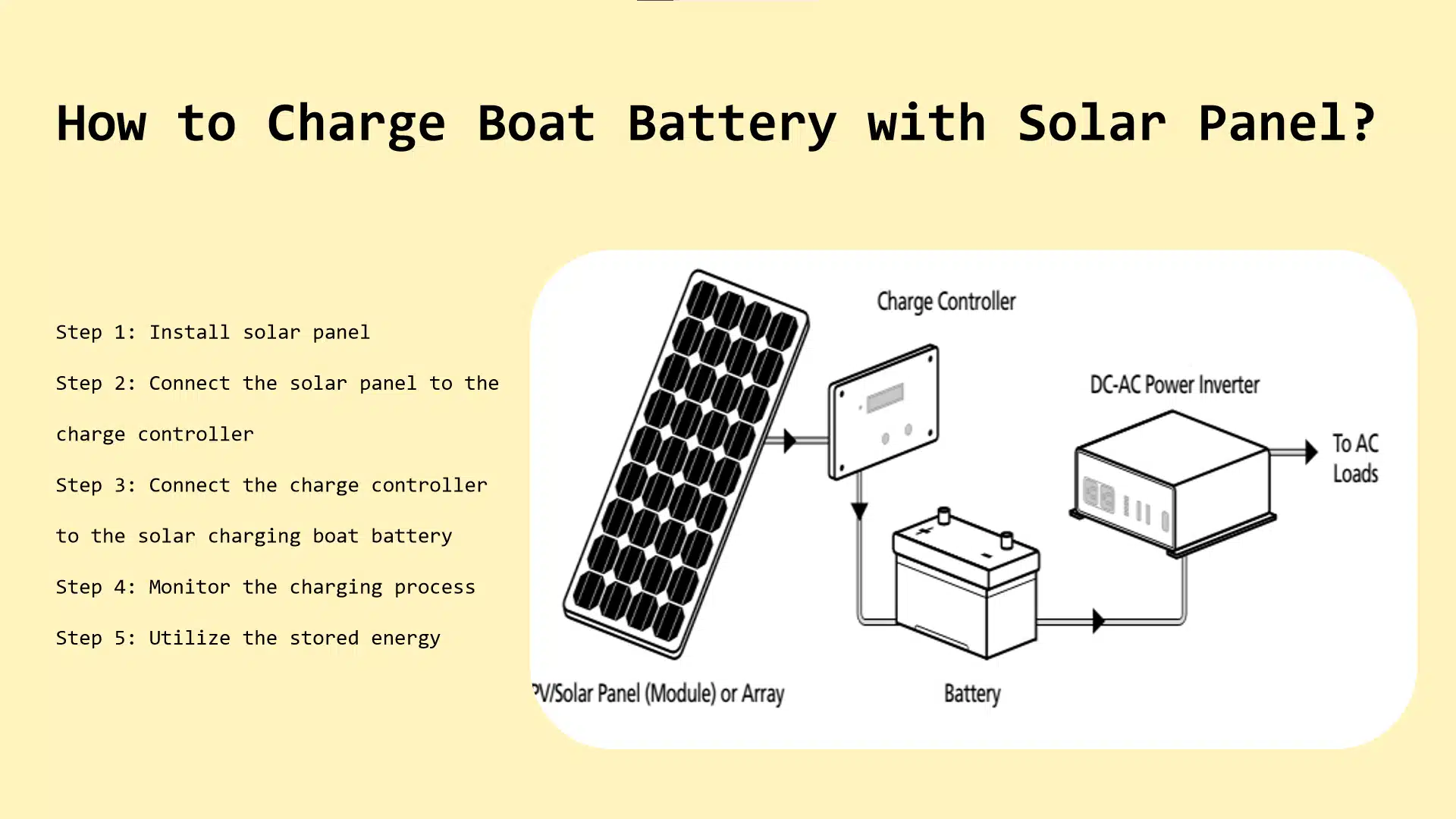Final Answer:Charging a 12-volt battery with a 200-watt solar panel typically takes between 5 to 8 hours to fully charge. The specific duration depends on several factors, including the quality of the solar panels, the efficiency of the charge controller, the condition of the battery, and the effectiveness of sunlight absorption. Under ideal conditions, a 200-watt solar panel can generate approximately 1 ampere of current per hour.
If you are reading this, you might be planning to set up an off-grid solar power system with 200-watt solar panels, or you might simply want to meet your energy needs while camping. Understanding how long it takes a 200-watt monocrystalline solar panel to charge a 12-volt battery is very helpful for planning.
When putting together a solar energy system, a common question that arises is what size solar panel is needed to charge a 12V battery? Since batteries are a crucial component of most home solar panel installations, knowing the charging time for this size battery is vital for building the energy system.
To help you navigate these complex questions, here is a quick guide on how to select solar panels for charging a 12-volt battery.

How Long Will It Take to Charge a 12-Volt Deep Cycle Solar Battery?
When considering setting up an off-grid solar system or simply meeting your energy needs while camping, understanding the charging dynamics of a 12-volt deep cycle solar battery with a 200w solar panel becomes crucial. A 200-watt solar panel, under ideal conditions, generating 1 amp of current, typically takes between 5 to 8 hours to fully charge a 12-volt battery. However, this process involves more complexity than just time.
The charging duration is influenced by various factors including the quality of the solar panels, the efficiency of the charge controller, the battery’s condition, and the level of sunlight absorption. Proper orientation of your solar installation towards the sun without any obstructing objects plays a vital role in achieving effective charging. Weather conditions such as cloudy or sunny days also significantly affect the charging cycles.
Stages of Charging A Deep Cycle Battery
- Bulk Stage: This initial stage involves delivering maximum voltage to the battery until the set voltage peak is reached, maintained by the charge controller.
- Absorption Stage: As the voltage starts to decline, the battery’s internal resistance increases until it reaches its full storage capacity.
- Float Stage: Here, the battery is nearly or fully charged, focusing on maintenance to prevent energy loss through natural discharge.
Terms of Solar Panels
To calculate the time it takes to charge your battery, you need to consider the battery’s capacity and the power output of the solar panels. This involves understanding terms like wattage, voltage, and amp-hours (Ah):
- Wattage represents the power production of a solar panel under optimal conditions.
- Voltage is the electrical potential your battery holds.
- Amp Hours (Ah) classify the amperage a battery can supply in one hour.
Using the formula
Amps (Ah) = Power (Watts) / Voltage (V)
you can determine the current produced in amps by your solar panel.
Furthermore, when integrating solar panels into your system, it’s essential to understand the capacity of the batteries you’re using and the energy they can store, which varies across gel, lead acid, and lithium-ion options. The concept of peak sun hours illustrates the average sunlight exposure, which dictates the charging speed and the efficiency of your solar panels. Knowing these factors allows you to make informed decisions on the number of panels needed and their respective wattages to meet your specific energy requirements efficiently.
What is a 12 Volt Battery?
When you set up solar panels, the next step is to get batteries to store the energy they collect. This way, you have power even if there’s a power outage, especially if your system is connected to the grid.
Using 12V batteries in your solar setup helps you keep extra energy instead of sending it back to the grid. When the batteries are full, any extra power generated can still be sent to the grid.
You’ll also need a charge controller and an inverter in your setup. The charge controller helps manage the power your panels generate, making sure the batteries charge efficiently. The inverter changes the solar power from direct current (DC) to alternating current (AC), which is what your home uses.
People often think of car batteries when they hear “12-volt batteries,” like the ones used in RVs. But for solar power, we use deep cycle batteries, which are made to be used and recharged many times.
It’s good to know about these deep cycle batteries to understand how long it takes for a 200-watt solar panel to charge a 12V battery, as their design impacts the charging time.
Why Choose Deep Cycle Batteries for Your Solar System?
Deep cycle batteries are ideal for solar systems because they can handle multiple discharge and recharge cycles without losing efficiency, unlike standard car batteries that offer a quick energy burst to start engines. These batteries provide a steady, reliable power source for various devices such as televisions, smartphones, and even refrigerators.
To charge 12V batteries with a 200W solar panel, you’ll need a charge controller to manage energy input and prevent overcharging, and an inverter to convert the DC output from the solar panels into AC power for household use. Proper placement of solar panels is crucial to maximize energy absorption and ensure your system’s efficiency.

How Do You Charge 12V Battery With Solar Panel?
Using solar panels to charge a 12-volt battery involves harnessing sunlight to generate energy. The solar panel captures solar energy and converts it into direct current (DC), which is then stored in the battery according to its capacity.
An integral part of the solar energy system, the inverter, transforms this DC into alternating current (AC), which can then power your household devices and appliances.
Initially, setting up and understanding the system might seem complex, but with repeated practice, the process becomes straightforward and almost intuitive. It’s just a matter of getting familiar with the setup and then regularly maintaining it.
Battery capacities are typically noted in amp hours (Ah), but you can also calculate this in watt hours (Wh) if you know the battery’s voltage, providing a clearer picture of your energy storage capacity.
For example, if you have a 12V battery with a capacity of 200Ah, you can calculate its watt hours using the formula:
Volts x Ah = Wh
So for a 200Ah 12V battery:
12V x 200Ah = 2400Wh (or 2.4kWh)
This calculation helps you understand the amount of energy your battery can store and how it aligns with your overall energy needs.
How Long To Charge 12V Battery With Solar Panel?
Several factors influence the duration required for solar panels to charge a 12-volt battery effectively.
The image depicts a 12-volt solar panel battery positioned on a grassy area with bushes in the background (Image Credit: Newpowa9).
Key factors include the battery’s energy capacity, the peak sun hours at your location, and the output efficiency of your solar panels.
Battery Capacity
12-volt batteries are available in various capacities, measured in amp hours (Ah), including popular types like gel, lead acid, and lithium-ion batteries. These are essential for energy storage in off-grid setups. Systems often incorporate several batteries to sufficiently meet energy needs. The charging time increases with the battery’s capacity, yet selection shouldn’t be based solely on charging speed. Rather, consider how the capacity meets your specific off-grid energy requirements.
Peak Sun Hours
This refers to the average sunlight exposure your solar panel receives daily. Panels in full sunlight without obstructions charge more quickly. Conversely, any blockages between the sun and the panels can reduce their effectiveness. Understanding these elements is crucial when determining the number of solar panels needed. A site evaluation by your solar energy provider can identify potential obstructions and help decide the necessary number of panels for optimal performance.
Solar Panel Output
The wattage of your solar panel significantly affects how quickly your battery charges. For instance, a 50-watt panel will take longer to charge a battery compared to a 100-watt panel. Conversely, a 200-watt panel could potentially halve the charging time needed by a 100-watt panel. This efficiency might encourage the use of multiple 100, 200, or even 300-watt panels in a setup.
Understanding these factors enables you to tailor your solar system setup, such as combining 12V batteries with different wattage solar panels for off-grid use. This knowledge helps you discuss your needs more effectively with solar providers, comprehend the technical details, and make well-informed decisions regarding your renewable energy solutions.
By knowing what affects the charging process, you gain insights into the appropriate solar panel size for charging a 12V battery and the time it takes. This knowledge also helps you understand solar panel costs in your region and the overall investment for your solar energy system.

Choosing the Right Solar Panel Size to Charge a 12V Battery
Various solar panel sizes can effectively charge a 12-volt battery, but selecting the optimal size hinges on your specific energy needs.
For example, if your daily energy consumption is similar to the average U.S. household, which is about 29.8kWh, you would require a significant battery capacity, around 2400Ah, to meet your energy demands. However, for lower energy requirements, a couple of 200Ah batteries might suffice.
To fully recharge a 200Ah battery that has been depleted to 80% of its capacity, a 300-watt solar panel is typically necessary during peak sunlight hours. This panel size can generate approximately 2.1 kWh of power daily, assuming it receives around 7 hours of full sunlight, making it a suitable option for efficiently recharging your battery.
Alternatively, three 100-watt panels could also meet this demand. However, to accommodate for less sunny days, you might want to consider installing either two 200-watt panels or a single 400-watt panel to ensure consistent energy availability.
This approach ensures that your solar panels can recharge a 12V battery effectively, avoiding potential complications. Below is a quick reference table that outlines how different solar panel wattages affect charging times for various battery capacities.
Final View
Understanding how to charge a 12V battery using a 200W solar panel involves more than just connecting components. It requires a grasp of fundamental electrical concepts such as amp-hours (Ah), watts, and voltage. We’ve explored how the charging time for a 12V battery with a 200W solar panel typically ranges between 5 to 8 hours under optimal conditions. This knowledge equips you with the tools to efficiently manage your solar power setup, ensuring that you can maintain energy independence and reliability in your off-grid systems or during your outdoor adventures. Armed with this information, you’re better prepared to harness solar energy effectively and sustainably.
















